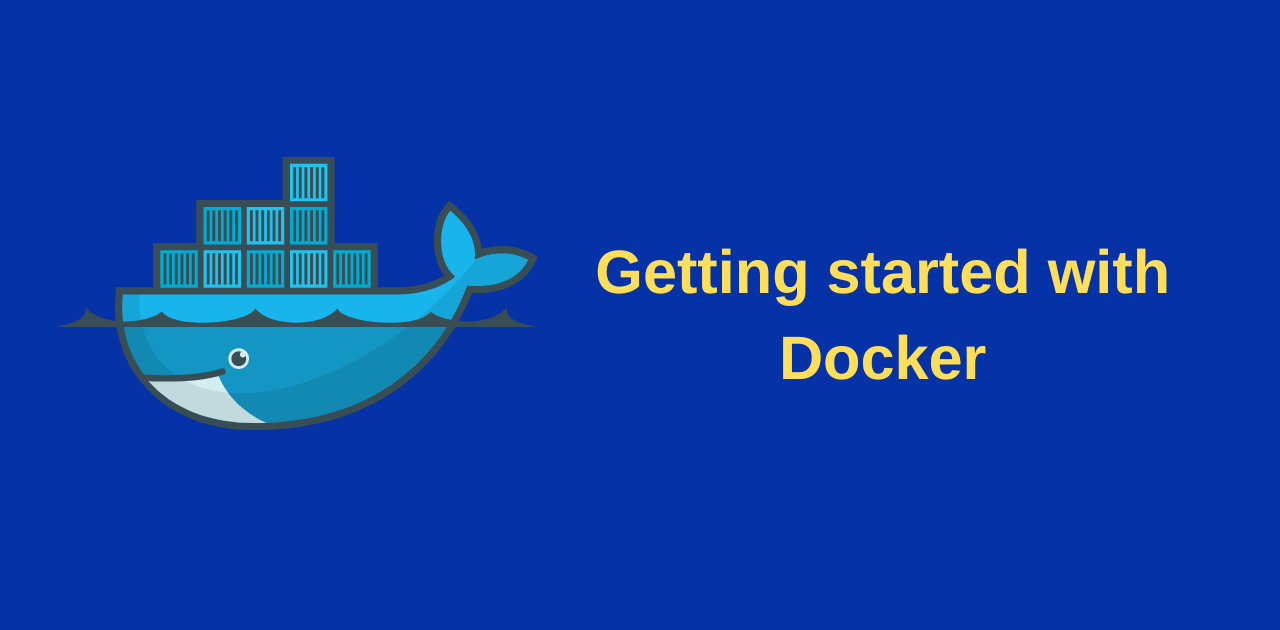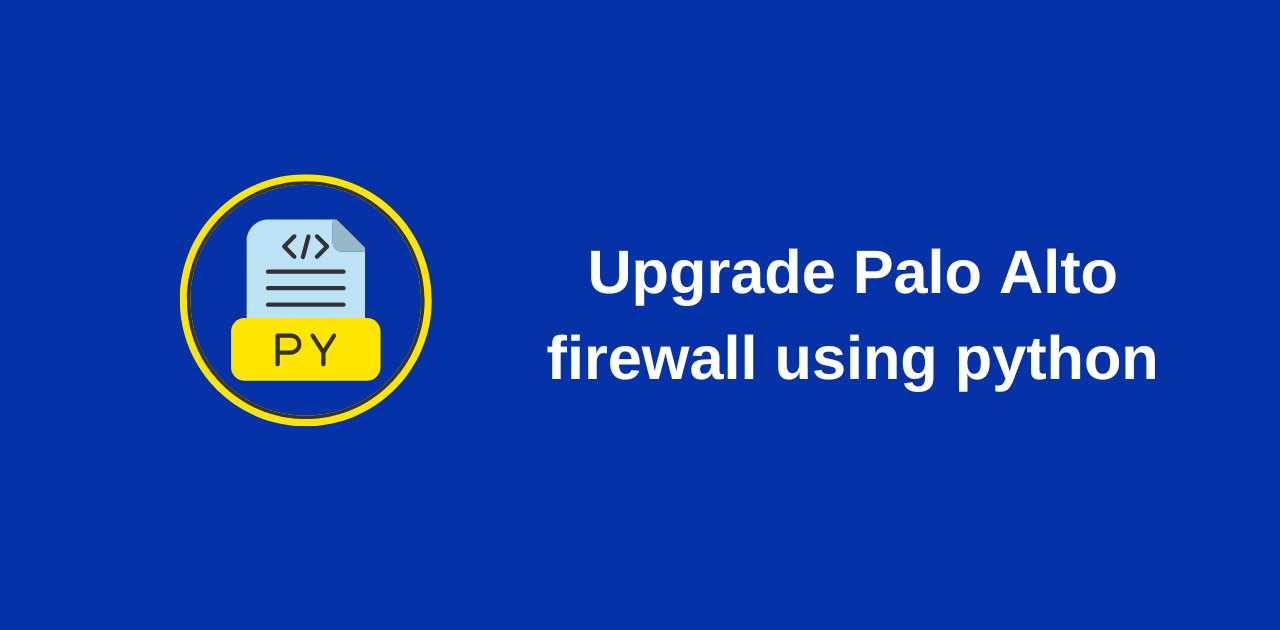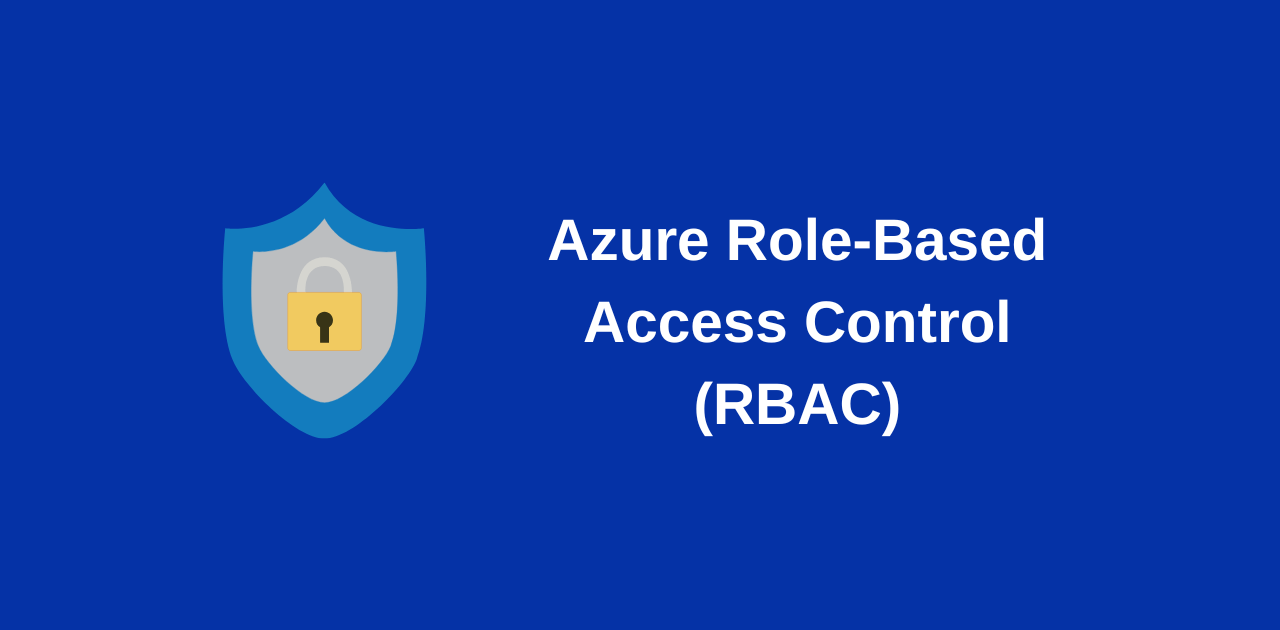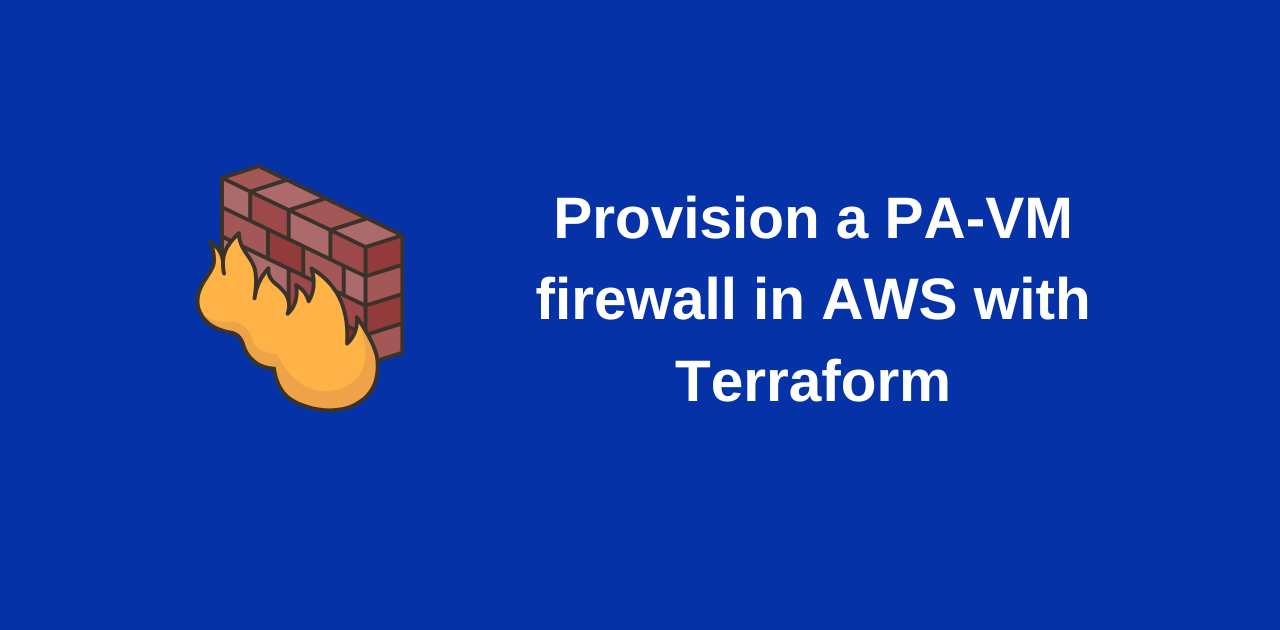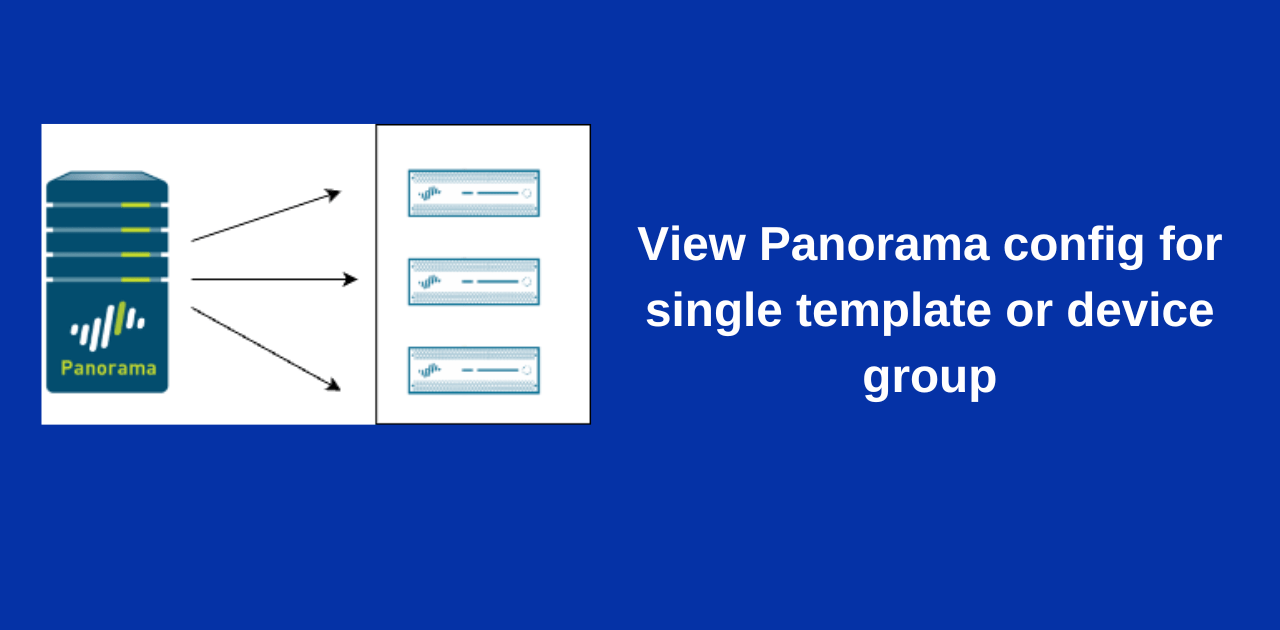Docker Networking
At a high level, Docker Networking comprises 3 major components: CNM is a network specification that defines how containers connect and communicate across different environments. libnetwork is Docker’s implementation of the CNM. (Think of CNM as the architectural drawing, and libnetwork is the builder’s implementation of that drawing). Drivers extend the CNM by implementing network … Read more


